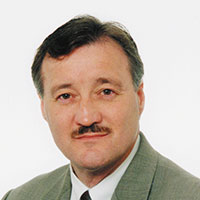Columns
Safety industry professionals address current EHS events and issues.
Topics
Utilizing his 40 years’ industry experience, columnist Dave Johnson shares insight on hot topics in safety professional, such as risk management, climate change, chemicals and diversity. His decades of experience covering safety give him a unique outlook on the current state of the profession.
Editorial Comments: Safety & Health | ISHN
Benita Mehta applies news and personal experiences to safety and health practices, controversies and debates.
Leading Safety
Learn how behavior affects goals of reducing injuries and fatalities, the science of behavioral patterns and how they impact the workplace, and the challenges facing safety managers today.
Safety Analytics
Find the latest advances in technology for collecting and storing EHS-related data, the best practices, emerging trends, and how data can be used for improving processes, building culture, and eliminating workplace fatalities and injuries.
Safety & Health Best Practices
Dan Markiewicz applies his 30+ years of experience in the safety and health industry to current and emerging issues and regulatory news.
ARTICLES
The foreman’s impact on safe performance
Role requires strong initiative and management skills to guide workers
May 16, 2024
Never miss the latest news and trends driving the safety industry
eNewsletter | Website | eMagazine
JOIN TODAYCopyright ©2024. All Rights Reserved BNP Media.
Design, CMS, Hosting & Web Development :: ePublishing












